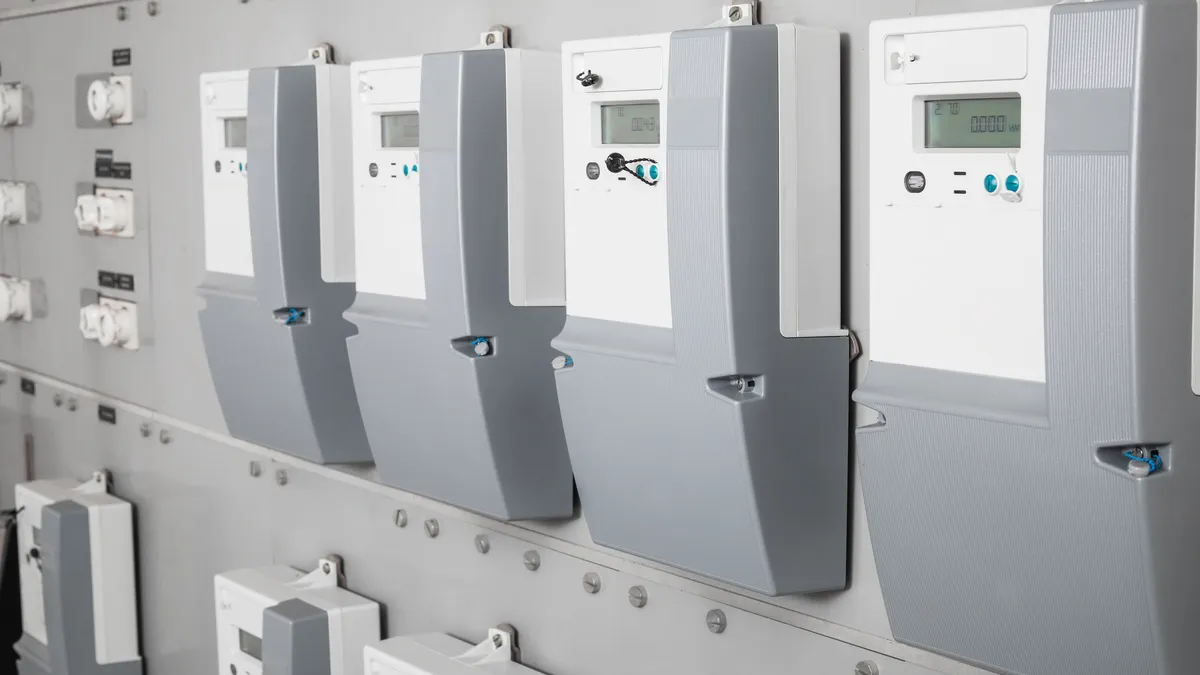Dive Brief:
-
A group of 12 Minnesota electric cooperatives have purchased Alliant Energy's Minnesota distribution system, though Alliant will continue providing power through a 10-year agreement.
-
The bulk of Alliant's customer base is in Iowa and Wisconsin, and the utility said serving far-flung Minnesota customers was not cost efficient.
-
Cooperative members called the deal “unprecedented,” according to Midwest Energy News, for smaller co-ops to purchase the assets from an investor-owned utility.
Dive Insight:
Alliant has sold off its distribution assets in Minnesota – including the April sale of its gas assets to Minnesota Energy Resources Corporation – for an aggregated $145 million. According to Midwest Energy News, the electric assets sold for $127 million, making the deal potentially one-of-a-kind.
“I think it’s unprecedented to have a number of co-ops make a purchase of this size and this scale,” Steele-Waseca Cooperative Electric operations division manager Kim Huxford told MEN. “It’s the first of its kind.”
About 43,000 customers will now be served by the 12 cooperatives in the Southern Minnesota Energy Cooperative, which was formed in 2013 to purchase Alliant's assets. According to the group, the cooperatives “made history as never has there been so many electric cooperatives come together to successfully close an acquisition of service territory.”
The 12 cooperative members include: BENCO Electric Cooperative; Brown County Rural Electrical Association; Federated Rural Electric; Freeborn-Mower Cooperative Services; Minnesota Valley Electric Cooperative; Nobles Cooperative Electric; People’s Energy Cooperative; Redwood Electric Cooperative; Sioux Valley Energy; South Central Electric Association; Steele-Waseca Cooperative Electric; and Tri-County Electric Cooperative.
The deal adds about 70 employees to the cooperatives, and allows the power providers to spread fixed costs across a larger customer base.
Alliant said it recorded the impact of the sales in the second quarter of this year; a premium received over the book value was was more than offset by tax-related regulatory assets and resulted in a 6 cents/share charge for the quarter.















